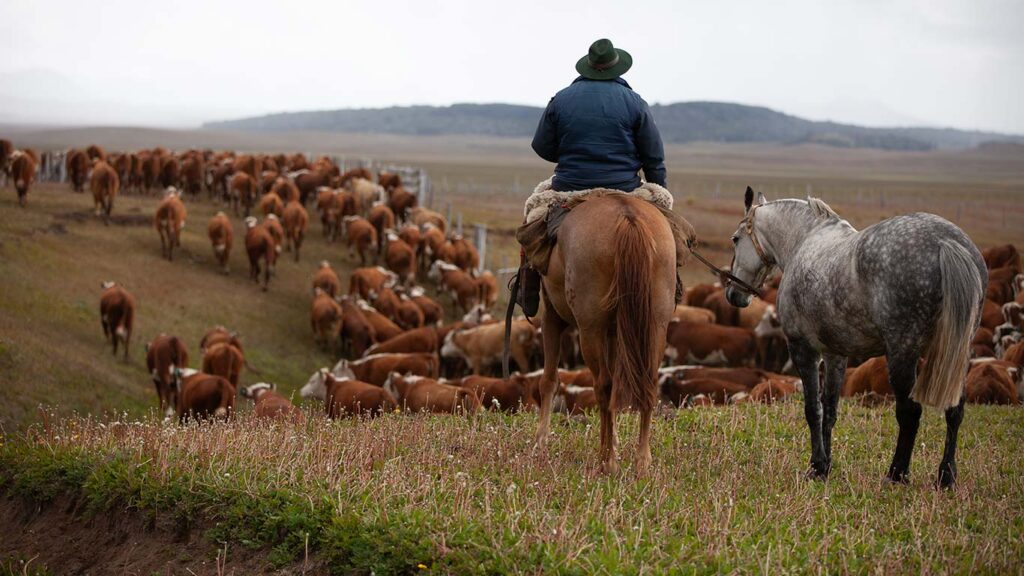Global food output set to surge by 2034 as prices decline
 © Adobe Stock
© Adobe Stock Global meat production is expected to climb by 13% over the next decade, fuelled by increased output across Asia and Latin America.
A joint report issued by the Organisation for Economic Co-operation and Development (OECD) and the UN Food and Agriculture Organisation (FAO) outlines that a combination of population and income growth will lead to greater demand for proteins around the world.
Global poultry production is set to surge to meet growing demand, with consumption forecast to increase by 21% over the next decade.
Consumption of sheepmeat is projected to grow by 16%, beef by 13%, and pork by 5% during the same period.
See also: Retailers press for clarity on feed and beef imports
OECD secretary-general Mathias Cormann said per capita consumption of animal protein could increase by 6% during the next decade.
He said: “Ending hunger around the world by 2034 is well within our reach, and this does not have to come at the expense of environmental sustainability.
“Our analysis shows we can reduce emissions from agriculture by 7% by 2034, while improving food security at the same time.”
Diets are expected to vary across regions: middle-income countries will see a rise in meat and dairy consumption, low-income nations will continue to depend heavily on staple foods, while high-income countries are shifting away from red meat in favour of poultry, fish and pulses.
Price pressure
Greater demand for beef and poultry in the past year has supported global prices and export trade.
Projections suggest tight supplies of sheep and beef will continue to support red meat prices in the short term.
Prices are forecast to peak in 2027 as producers work to rebuild flocks and herds.
In the longer term, livestock prices are projected to fall as demand shifts towards cheaper proteins such as pork and poultry.
Mr Cormann said: “We project that productivity improvements will lead to declining real agricultural commodity prices over the medium term, putting downwards pressure on farmers’ margins, which are already vulnerable to market volatility.”
FAO chief economist Maximo Torero Cullen added that global agricultural commodity prices were expected to continue declining in real terms.
He said this reduction reflected lower costs due to productivity gains and a shift in consumer dietary preferences.
“This trend also poses a challenge as farmers with lower productivity may find it difficult to remain profitable in a low-price environment.”
The numbers
14% Forecast increase in global agricultural production throughout the next decade
29.3kg Global average annual per capita meat consumption by 2034
1.8% Estimated annual increase in world milk production
Dairy
FAO analysts expect global milk production to increase by roughly 1.8% each year during the next decade.
However, production in the EU is forecast to stagnate as a result of fewer cows and slower yield growth.
Demand for dairy products is likely to shift in Europe and North America, with increases in cheese consumption and a greater focus on full-fat milk and cream.
Projections in the report suggest world dairy trade will increase by 12% to reach 13.8m tonnes in 2034, with the EU due to remain the largest exporter of cheese.
Industry modelling suggests butter prices could ease back during the next two years after trading at historic highs, but markets for butter and skimmed milk powder are expected to be more bullish in the longer term.
Cereals
The report forecasts that higher yields and a slightly larger harvested area will drive up global cereal production by 1.1% annually throughout the next decade.
FAO projections expect about 40% of cereal production to be used for human consumption in 2034, with 33% used in livestock feed and the remainder going to biofuels and industrial use.
Mr Torero Cullen added that grain and fertiliser prices were expected to be unchanged in real terms.
